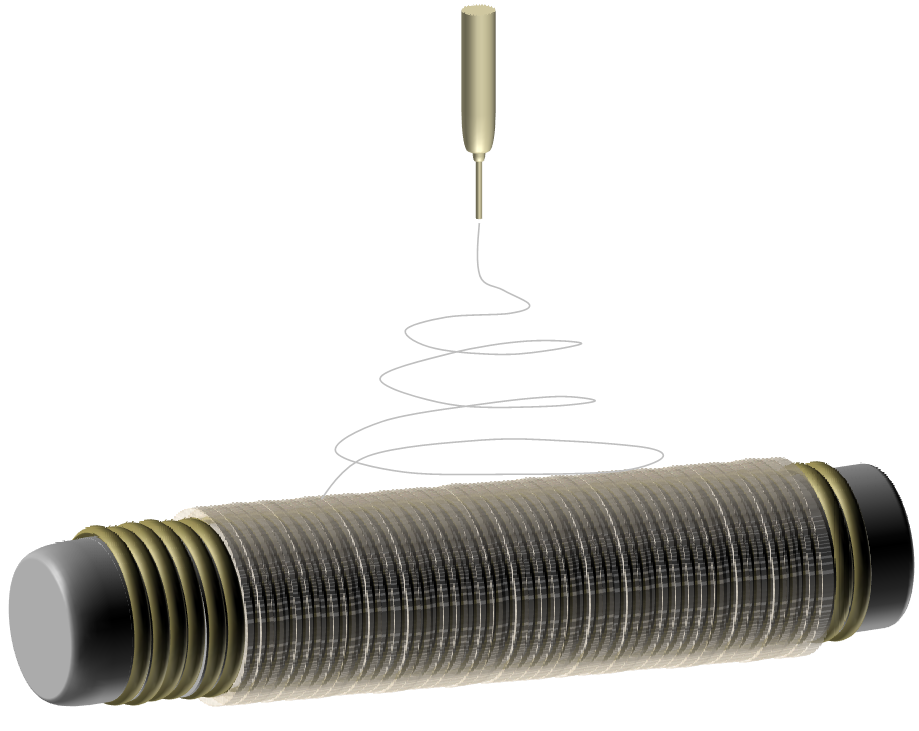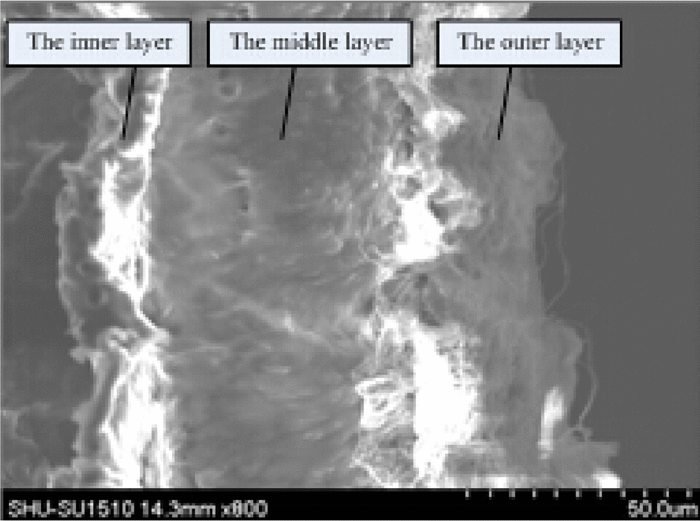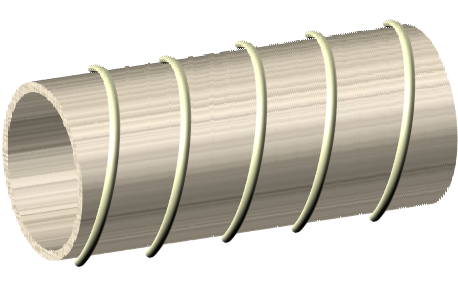▼ Reference
- Centola M, Rainer A, Spadaccio C, Porcellinis S, Genovese J A, Trombetta M. Combining electrospinning and fused deposition modeling for the fabrication of a hybrid vascular graft. Biofabrication 2010; 2: 014102.
- Chung S, Ingle N P, Montero G A, Kim S H, King M W. Bioresorbable elastomeric vascular tissue engineering scaffolds via melt spinning and electrospinning. Acta Biomaterialia 2010; 6: 1958.
- Hung S H, Chen P Y, Tai C C, Chou C H, Cheng W L, Tseng H. Development of Tracheal Scaffolds Using Hybridization of PLLA Coil Skeleton and Electrospun Structures. J. Med. Biol. Eng. 2014; 34: 218.
- Jeong S I, Kim S Y, Cho S K, Chong M S, Kim K S, Kim H, Lee S B, Lee Y M. Tissue-engineered vascular grafts composed of marine collagen and PLGA fibers using pulsatile perfusion bioreactors. Biomaterials 2007; 28: 1115.
- Liu Y, Xiang K, Chen H, Li Y, Hu Q. Composite vascular repair grafts via micro-imprinting and electrospinning. AIP Advances 2015; 5: 041318. Open Access
- Mottaghitalab F, Marokhi M, Zaminy A, Kokabi M, Soleimani M. Mirahmadi F, Shokrgozar M A, Sadeghizadeh M. A Biosynthetic Nerve Guide Conduit Based on Silk/SWNT/Fibronectin Nanocomposite for Peripheral Nerve Regeneration. PLoS ONE 2013; 8(9): e74417. doi:10.1371/journal.pone.0074417 Open Access
- Sato M, Nakazawa Y, Takashi R, Tanaka K, Sata M, Aytemiz D, Asakura T. Small-diameter vascular grafts of Bombyx mori silk fibroin prepared by a combination of electrospinning and sponge coating. Materials Letters 2010; 64: 1786.
- Uttayarat P, Perets A, Li M, Pimton P, Stachelek S J, Alferiev I, Composto R J, Levy R J, Lelkes P I. Micropatterning of three-dimensional electrospun polyurethane vascular grafts. Acta Biomaterialia 2010; 6: 4229.
- Wang Y, Shi H, Qiao J, Tian Y, Wu M, Zhang W, Lin Y, Niu Z, Huang Y. Electrospun Tubular Scaffold with Circumferentially Aligned Nanofibers for Regulating Smooth Muscle Cell Growth. ACS Appl. Mater. Interfaces 2014; 6: 2958.
- Williamson M R, Black R, Kielty C. PCL-PU composite vascular scaffold production for vascular tissue engineering: Attachment, proliferation and bioactivity of human vascular endothelial cells. Biomaterials 2006; 27: 3608.
- Zhu Y, Wang A, Patel S, Kurpinski K, Diao E, Bao X, Kwong G, Young W L, Li S. Engineering Bi-layer Nanofibrous Conduits for Peripheral Nerve Regeneration. Tissue Engineering: Part C 2011; 17: 705. Open Access
▼ Credit and Acknowledgement
Author
Wee-Eong TEO View profile
Email: weeeong@yahoo.com
 ElectrospinTech
ElectrospinTech



